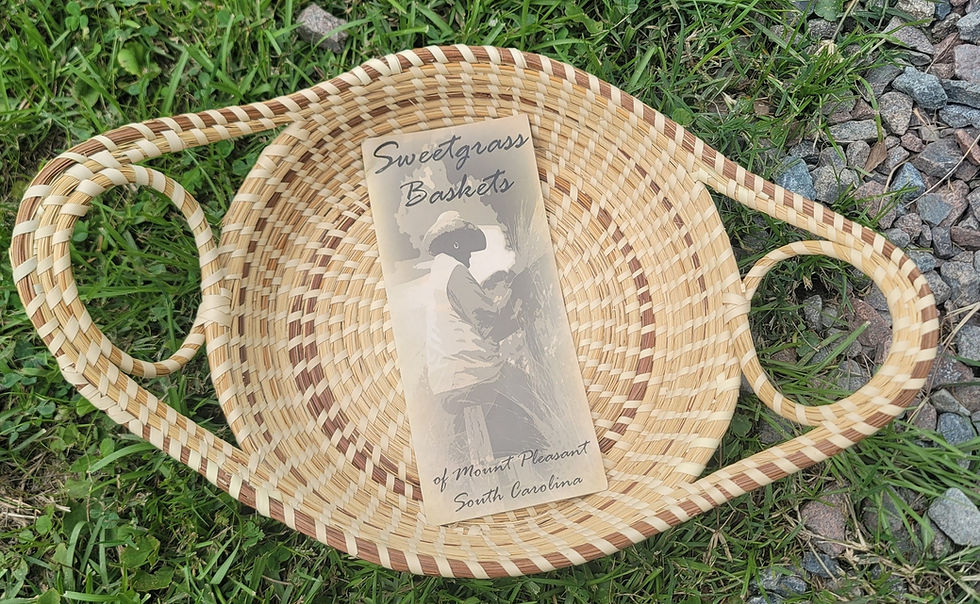Where is Nurse Eunice Rivers buried?
- Tammy Gibson
- Mar 30, 2020
- 4 min read
Updated: May 26, 2020

Some call Nurse Eunice Rivers, a victim or a villain. She was the nurse hired by the United States Public Health Service (USPHS) to help conduct a study of the effects of untreated syphilis in black men. 399 men with late latent syphilis and 201 men without syphilis were part of the Tuskegee Syphilis Experiment in Macon County, Alabama that lasted for 40 years (1932 to 1972).
Rivers was born on November 12, 1899. She attended Tuskegee Institute, graduating from the School of Nursing in 1922. She was a member of Greater St. Mark Missionary Baptist Church. She was the Women's Bible Study Teacher, was on the Women's Missionary and Religious Education Board and she organized the first nurses guild. In 1952, she married Julius Laurie.

These men were told that they had "Bad Blood" and was promised free health care, a meal, and treatment. During the experiment, they were examined, underwent painful spinal taps and blood drawn. They suffered from excruciating pain, blindness, and many health problems. Wives of the victims were infected and newborn babies.
In the 1940s, there was a cure for syphilis by taking penicillin, but the men were not notified and treated. The experiment continued until it was exposed by the Washington Post and New York Times in 1972.




In 1973, Mr. Charlie Pollard, a Tuskegee Syphilis victim, with the help of Fred Gray, a civil rights attorney, filed a class-action lawsuit (Pollard v. the United States) on behalf of the men that participated in the experiment and the families that were infected.
Per the Centers for Disease Control and Prevention ("CDC") the lawsuit was settled out of court for $10 million dollars. The remaining survivors of the experiment received an estimated $37,500, heirs of deceased syphilitic group participants received $15,000, living control group participants received $16,000 and heirs of deceased control group participants received $5,000. The U.S. government provided lifetime medical and health benefits and burial services to all the participants. In 1975, families, widows and wives were added to The Tuskegee Health Benefit Program.

Charlie Pollard, Tuskegee Experiment Victim


Civil Rights Attorney Fred Gray
On May 16, 1997, President Clinton, invited survivors and family members to the White House and offered an apology to the mistreatment of the men that took part in the study.
"To the survivors, to the wives and family members, the children and the grandchildren, I say what you know: No power on Earth can give you back the lives lost, the pain suffered, the years of internal torment and anguish. What was done cannot be undone. But we can end the silence. We can stop turning our heads away. We can look at you in the eye and finally say on behalf of the American people, what the United States government did was shameful, and I am sorry." - President Bill Clinton."
It's estimated that 120 of the 399 men with syphilis died of the disease or its complications. The last living survivor of the Tuskegee Syphilis Study, Ernest Hendon, died January 16, 2004, at the age of 96. The last widow receiving the Tuskegee Health Benefit Program died in January 2009.

I traveled to Alabama to learn more about the Tuskegee Syphilis Experiment. I went to visit the Tuskegee Human & Civil Rights Multicultural Center. It was very painful to see on the floor the names of the men who were victimized and eventually died at the hands of U.S. Government that was supposed to protect them.
I thought to myself, this could have been my dad, uncle, brother, cousin, friend, etc. Now, I know why a lot of African Americans don't like going to the doctor. The trust has been broken. They are less likely to seek medical care.


Tuskegee Human & Civil Rights Multicultural Center
This is the tree where the men would sit under and wait for Nurse Rivers to either administer treatment, update health history or transport them to Tuskegee for treatment. They never received the proper treatment for the disease.


"The Tree" at the Shiloh Missionary Baptist Church
The Shiloh Missionary Baptist Church is where many Tuskegee syphilis victims are buried. Charlie Pollard, who filed the class-action lawsuit purchased the cemetery and donated it to the church. Pollard and many other Tuskegee Syphilis victims and slaves are buried at this cemetery.




The black community felt that they were betrayed by Nurse Rivers and strongly believe that she was aware of the experiment. Did the USPHS use Ms. Rivers to gain the African American men's trust to participate in the experiment? Why did she support the experiment? Did she think she was helping the community?
Nurse Rivers received the Oveta Cup Hobby Award for her role in the Tuskegee Syphilis Experiment and several certificates for her services as a nurse. She retired from the department in 1965.

Nurse Rivers passed away on August 28, 1986. She is buried at the historic Greenwood Cemetery in Tuskegee, AL. Several politicians, Tuskegee educators, alumnae, and Tuskegee Airmen are buried at this historic African American cemetery.

I have visited Greenwood Cemetery several times trying to locate Rivers' grave. Unfortunately, speaking to the manager of the cemetery, they don't know the location she is buried in.

I was able to reach out to someone who, in 2009, took a picture of Rivers' headstone. Her name on the headstone reads "Eunice V. Laurie." She told me Rivers is buried in the back of the cemetery.
There are several headstones that are halfway sunk into the ground. I believe her headstone is completely covered in dirt and sand.





Until next time, the journey continues to locate Nurse Eunice Rivers Laurie's grave......
.jpg)



Hi thanks for poosting this